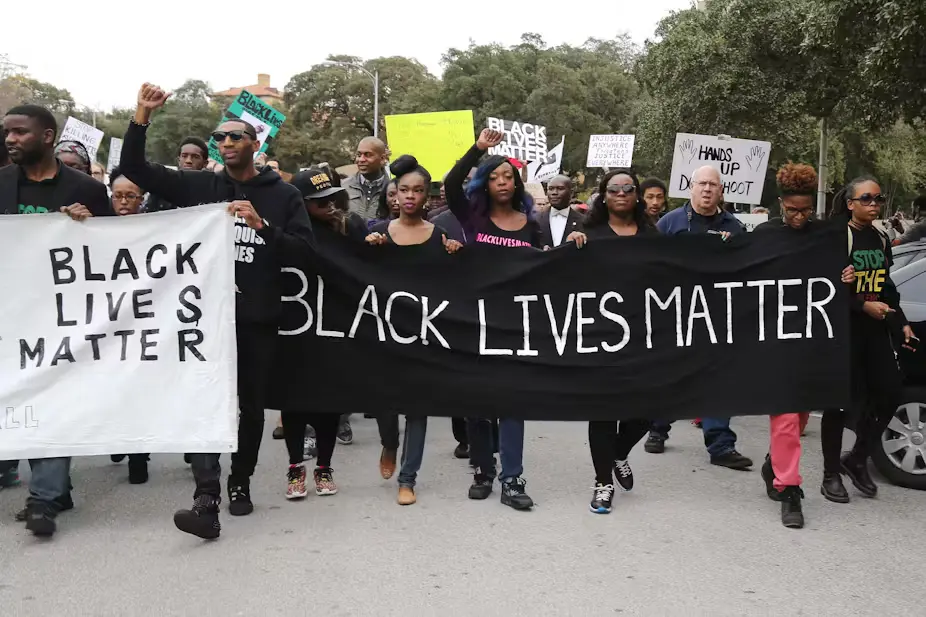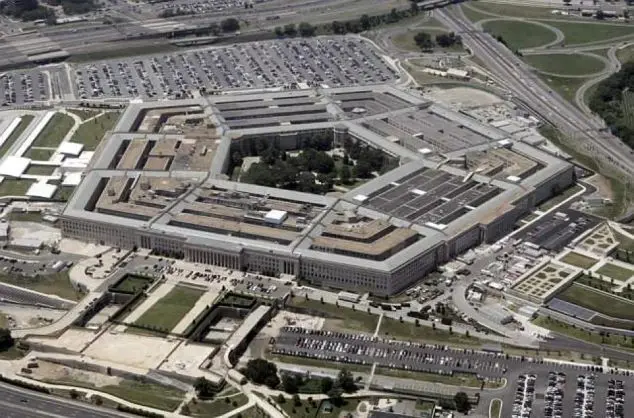In 2020, protests spread across the US as Black Lives Matter gained strength. Behind the scenes, during the large rallies President Trump called for fierce crackdowns on so-called “antifa” and sent a sinister tweet that suggested violence-just a week after welcoming white supremacists As crowds gathered to demand justice and equality, a disturbing trend emerged Marketing companies and law enforcement agencies used phone location data to track protesters’ movements.
These secret surveillance tactics allowed law enforcement to tag people by race and gender through their cell phone use. This highlighted how digital tools could be used to target activist organizations and raised serious concerns about privacy issues. Using such invasive tracking methods during peaceful demonstrations killed civil rights advocates.
It revealed how easily modern technology can be turned against citizens exercising their rights to free speech and freedom from unwanted surveillance. The revelation of these surveillance practices added another layer of complexity to the ongoing debate around racial justice and law enforcement.
Overview of Black Lives Matter Protests
Black Lives Matter protests have become a major force for social change in the United States. These demonstrations aim to address racial injustice and police brutality against Black Americans.
Origins and Goals of the Black Lives Matter Movement
Black Lives Matter began in 2013 after the acquittal of George Zimmerman in the shooting death of Trayvon Martin. The movement’s key goals include:
• Ending police violence against Black people • Promoting racial equality in the justice system • Combating systemic racism in society
Activists use social media and grassroots organizing to spread their message. They push for policy changes like police reform and investments in Black communities.
The movement gained wider support following high-profile police killings of Black Americans. These include Michael Brown, Eric Garner, and George Floyd.
Scope and Scale of U.S. Protests in 2024
Since 2013, Black Lives Matter protests have increased in number. Even in 2024, there are protests everywhere.
Recent Lumbers about the demonstrations:
• Over a million Americans have joined BLM marches and rallies • There are protests in All 50 states, from big cities to small towns • With social media, protesters can organize like mad • Many demonstrations are peaceful, though a few have been met with police crackdowns
A year and a half of ongoing protests have called into question America’s claims to be color-blind. It has forced politicians to consider changes, both at local and national levels.
After Each new incident of police violence, protests flare up. And on the anniversary of earlier Black killings.
Surveillance Technology Deployment
Police and government agencies used advanced technology to monitor Black Lives Matter protesters. These tools raised concerns about privacy and civil rights. Many people questioned if the surveillance went too far.
Secretive Phone Location Tracking Explained
Law enforcement used phone location data to track protesters. Companies collected this data from apps on people’s phones. They then sold it to police departments. The data showed where large groups gathered and how they moved. It did not identify specific individuals.
Police could see protest hot spots in real time. They used this info to plan their response. The tracking happened without the protesters knowing. Many felt it was an invasion of privacy.
Implications for Privacy and Civil Liberties
Civil rights groups have been worried about this surveillance, saying that it could chill free speech and assembly; if they knew that the police were tracking them thus people may not take to the streets when something wrong happens.
Such data also aroused fears among citizens. Couldn’t it fall into the wrong hands? Would it be used to pick on certain groups? The stealthy nature of this technology made it difficult for anyone to exercise oversight over these practices.
Some people even argue that this is giving the police too much power. They said it violated democratic values.
Reaction from Activist Communities and the General Public
However, there were still those who could not allow the surveillance to go unopposed. Many social activists spoke out against this kind of police. There was no justice or fairness in their eyes–broadly speaking they felt that Black communities were already targets of excessive law enforcement, but if you added this entire layer of technology on top of what the civilian regime now obtained in practice would be worse amoral logic for each step towards bitterness and racism people must take even greater care observant readers noticed.
Some protesters also used techniques to try and evade tracking. They turned off the location service on their phones, for example. And some people would leave their phones at home.
The public had mixed reactions. Some backed the police using all means necessary to maintain law and order, while others felt it was too much. They were afraid a “surveillance state” as the totalitarian state might develop.



